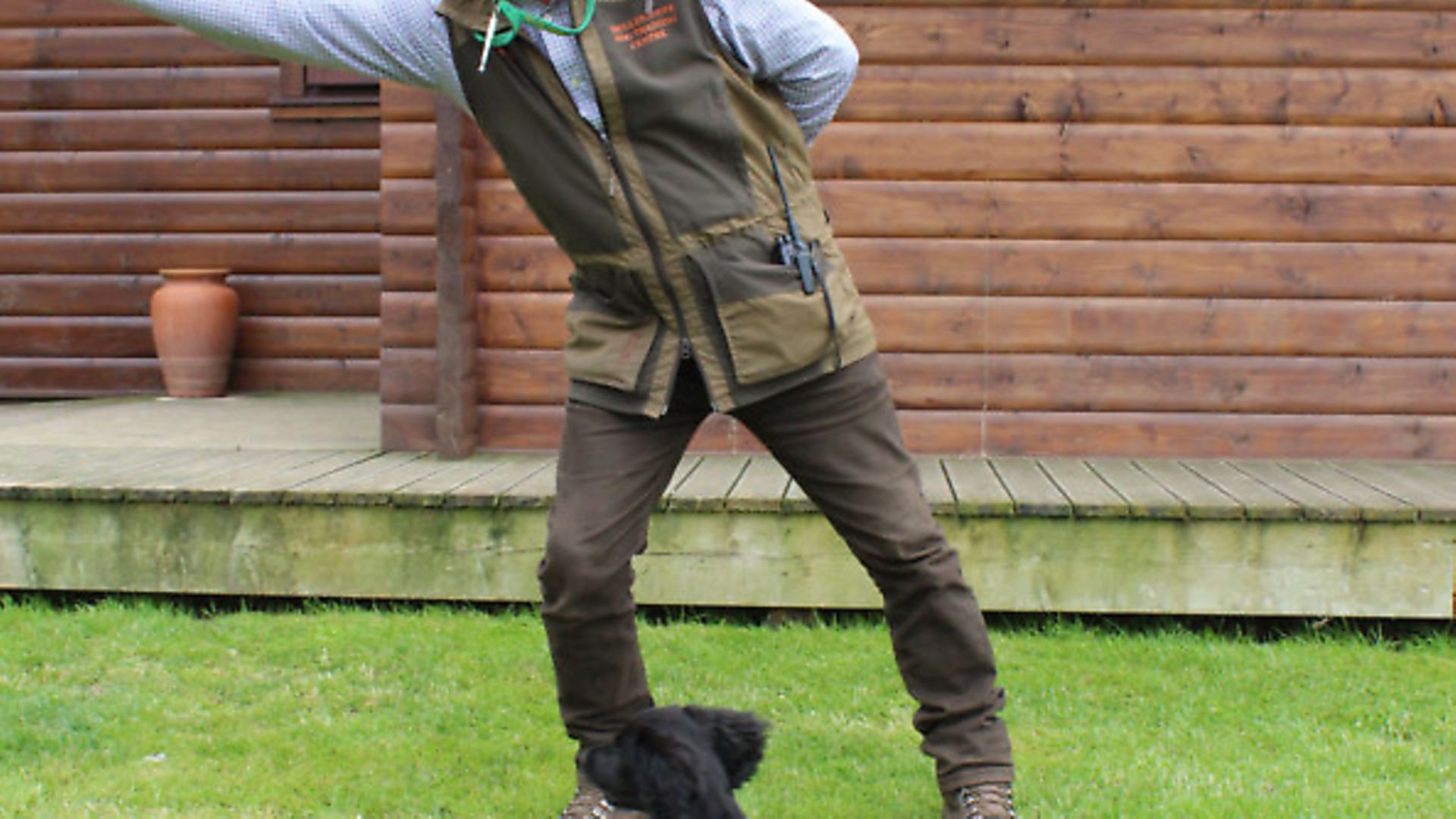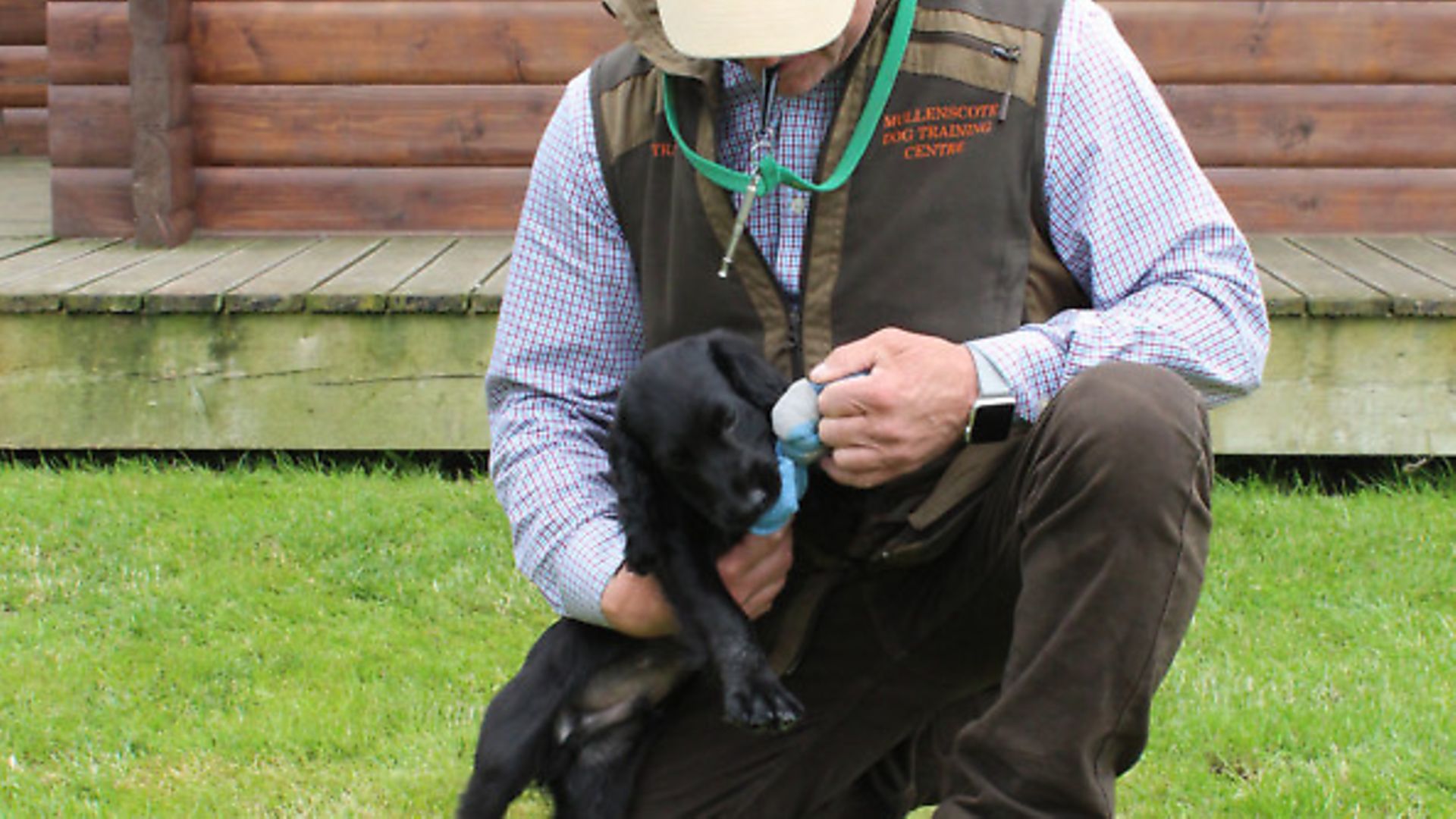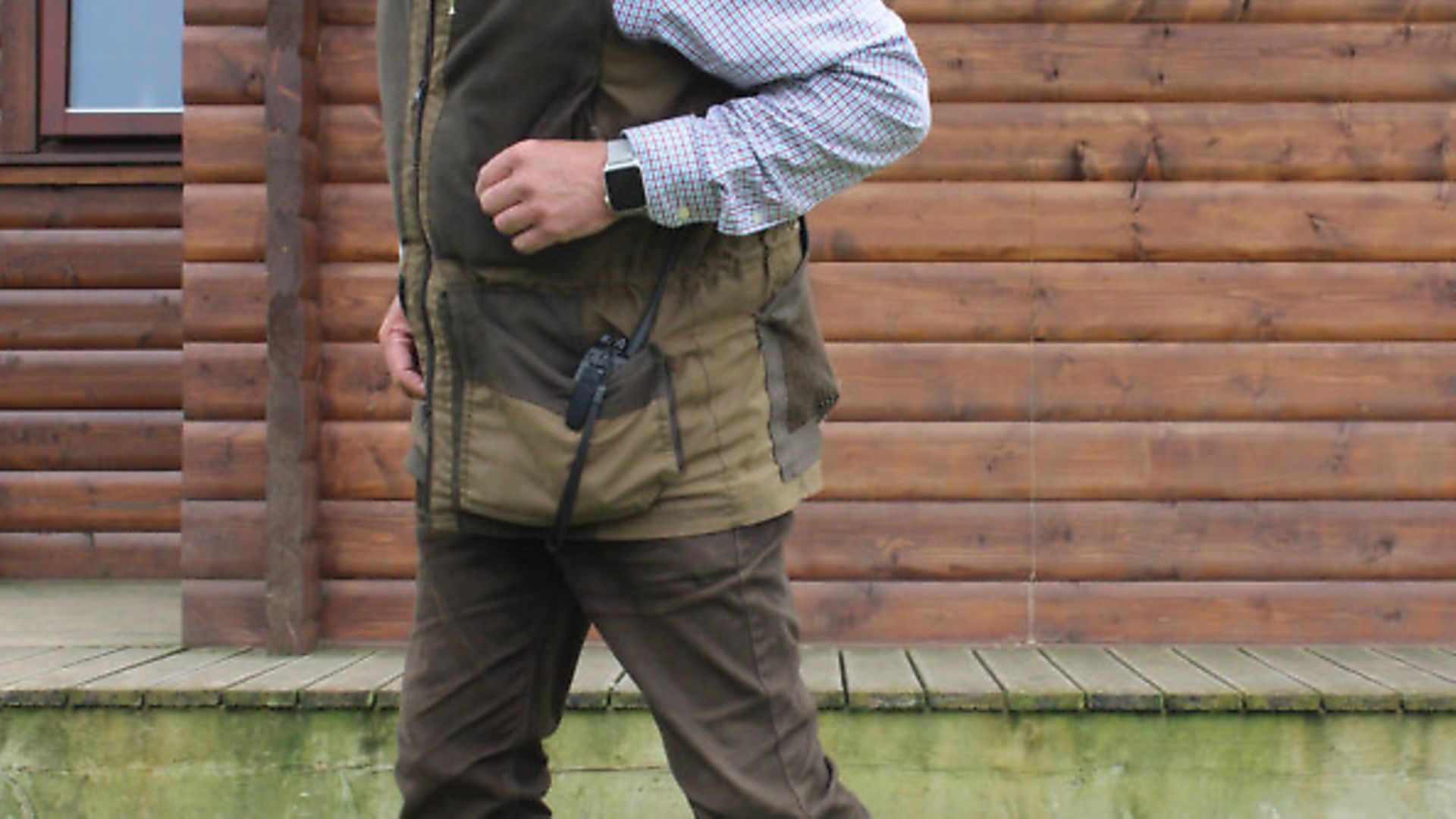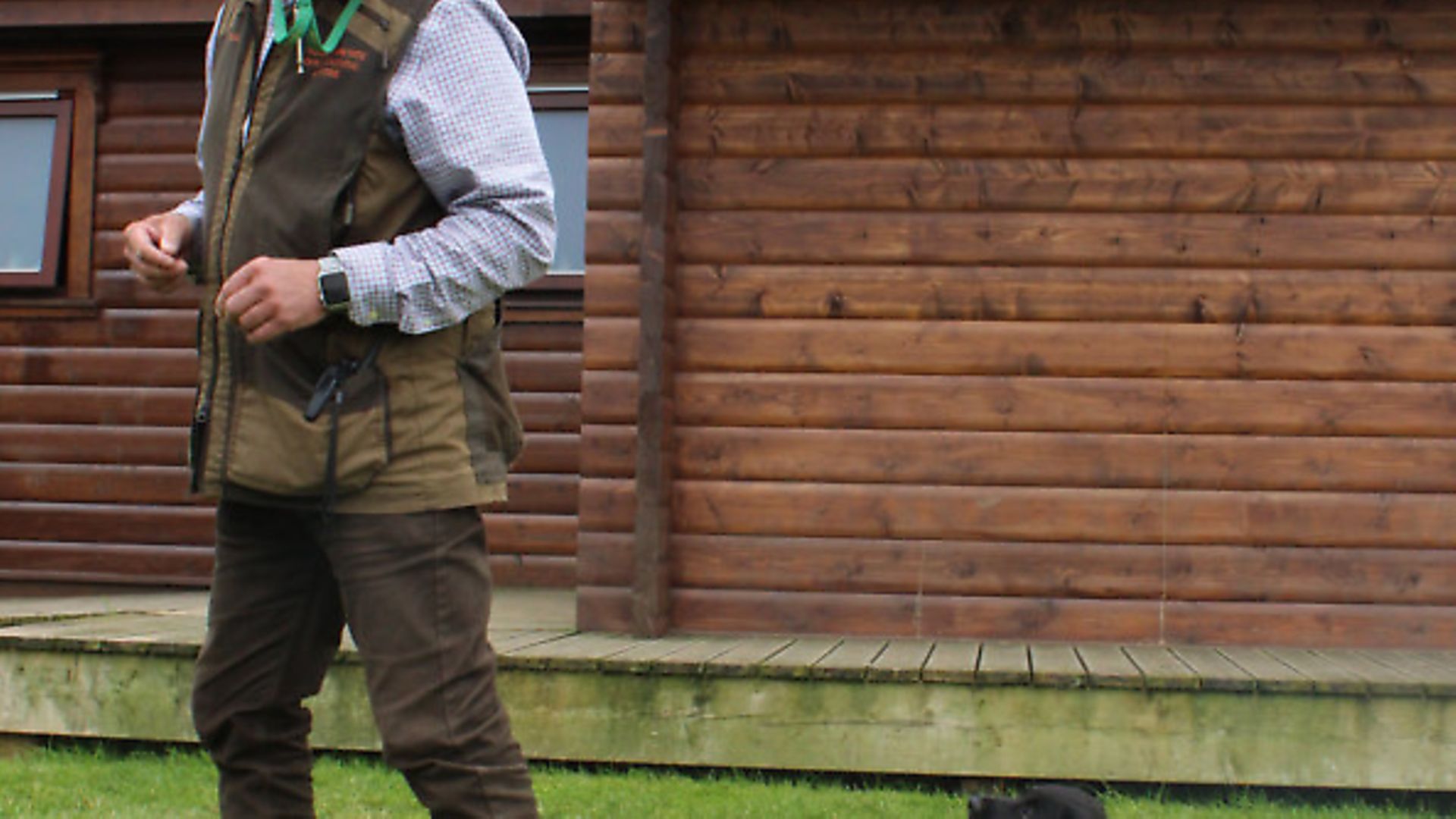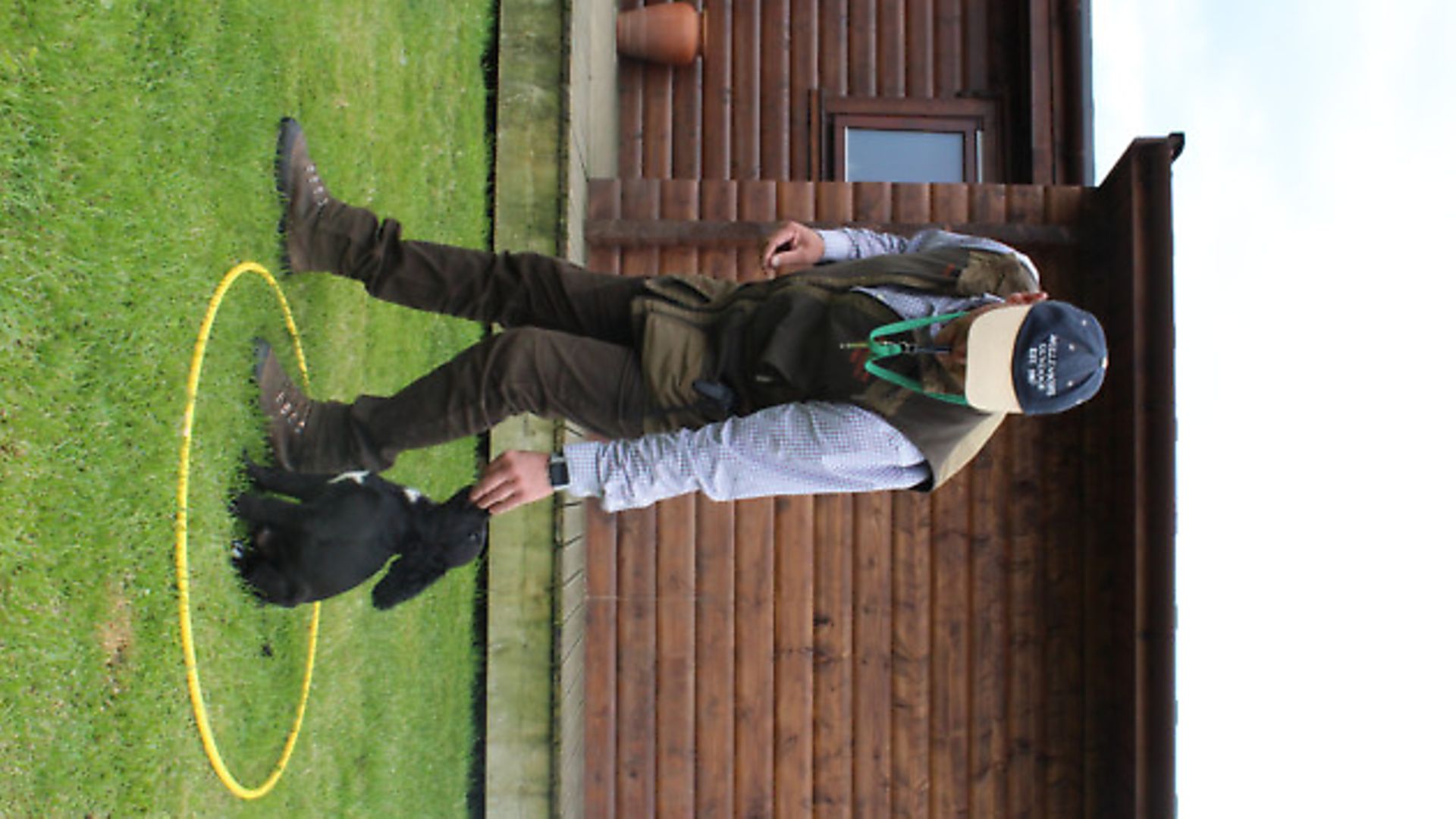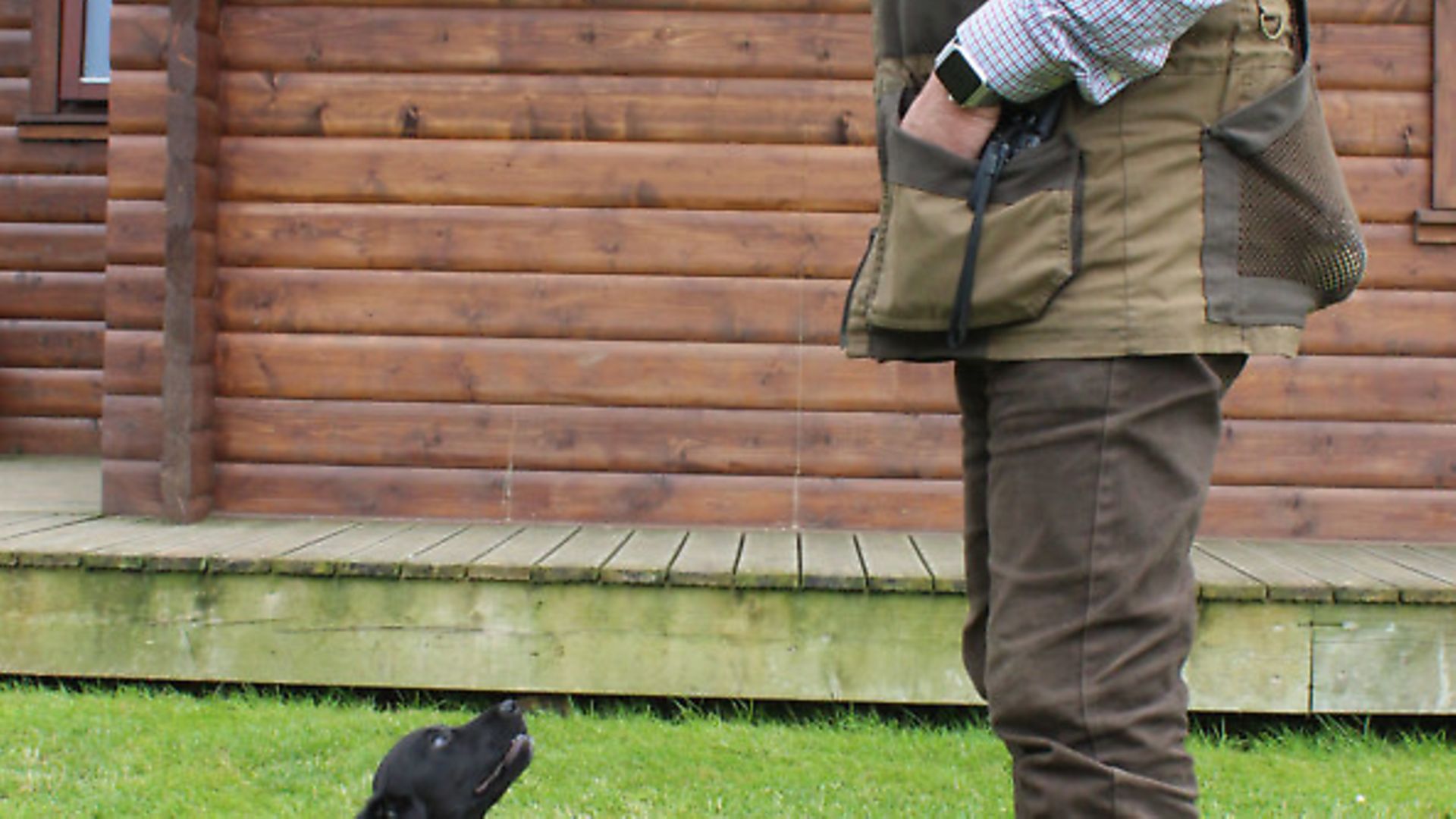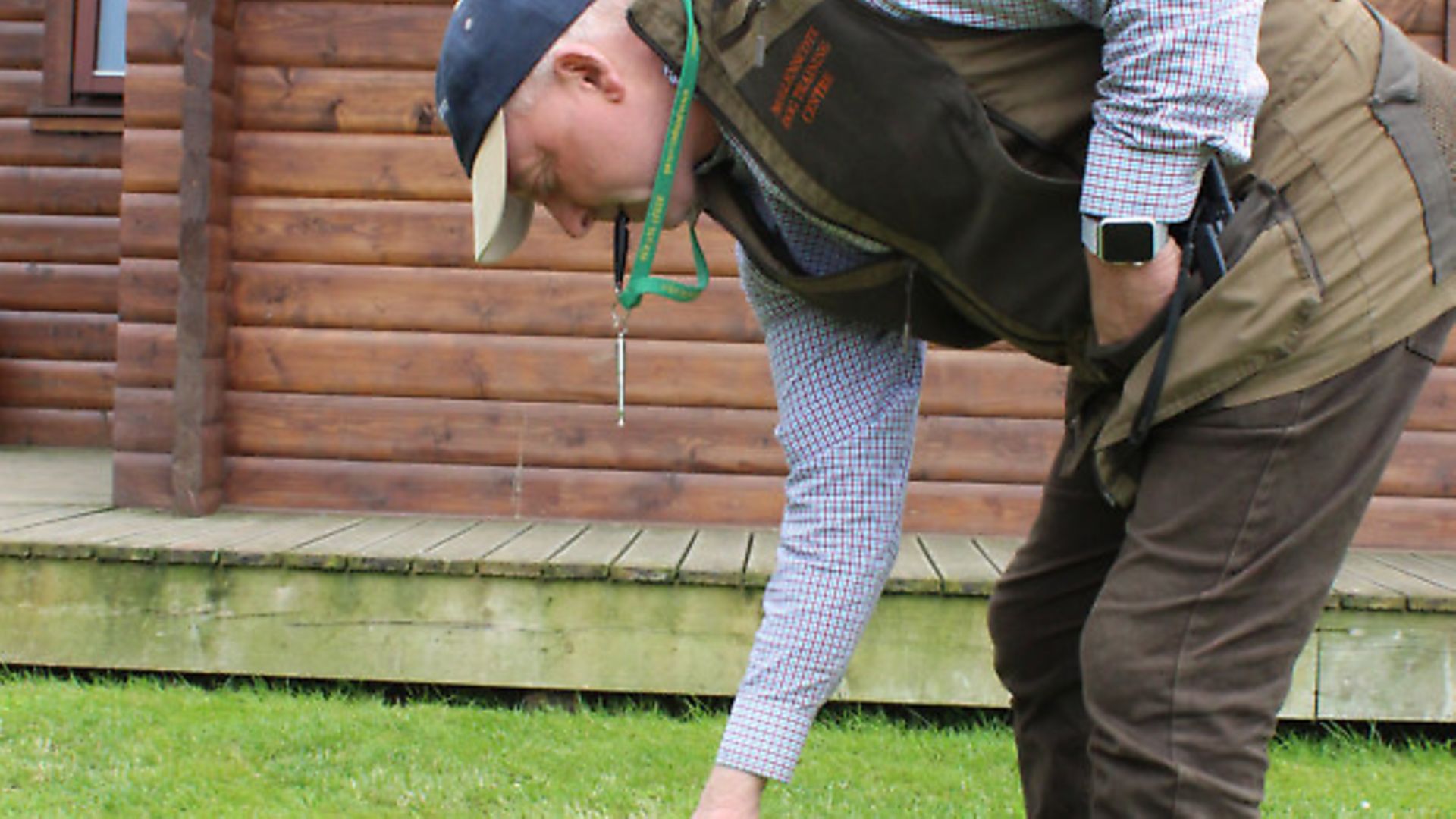Productive partnerships
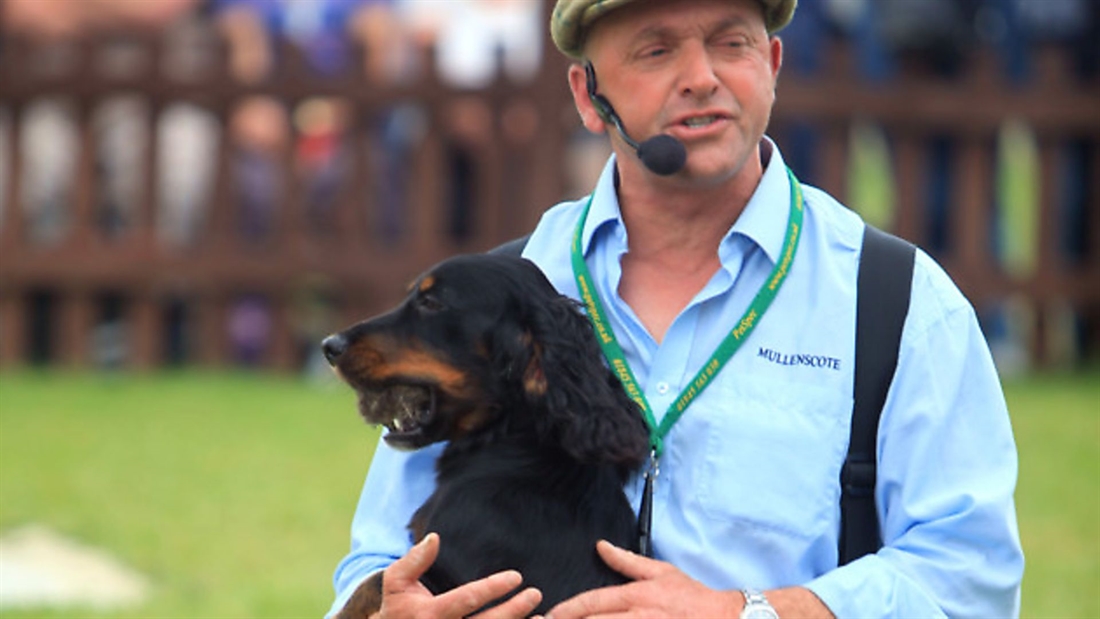
Howard shows you how to work as a team with your dog
Last month we discussed the subject of motivating our dogs to retrieve. We looked at some of the techniques we might employ to ensure that the dog’s prey drive is high and that he is a keen retriever. It might just be worth reiterating the important elements of working with your dog!
Try to see things from the dog’s perspective – what does he get out of this partnership with you? Do you help him to get ‘the prey,’ (dummies, birds, etc.) in his mouth? If this is the case, then he will want to look to you for help and instruction.
Is his time spent with you enjoyable or does he come away bored, confused and frightened? Stating the obvious, if he does feel like this, it will make the partnership between you at best, tricky and at its worst, impossible.
Perhaps it sounds a bit basic, but you and your gundog need to learn to think, communicate and work as a finely tuned, well-prepared and communicative hunting team. Fundamentally, you need to convince your dog that you are someone that he needs to be with. Every gundog trainer in the land is regularly asked: “Why can’t I get my dogs to look at me like yours do?” Dogs and people look to individuals for leadership often initially because the ‘wannabe leader’ makes enough noise, thus drawing attention to themselves. However, those same dogs and people quickly work out for themselves that the leader has nothing to offer them. So what are they looking for in a leader?
Companionship, safety, fun, direction, instruction, structure (which includes rules and boundaries) and affection would be my take on some of the qualities that leaders have. Dogs are, quite simply, brutal in the choices they make; if you don’t cut the mustard their lack of interest in you will be clear. Now that might sound a bit harsh but it’s the way it is, so if you’re not a natural leader/dog trainer you’ll need to study just how to become one.
All of the comments I make in the initial part of this article are directly related to what I’m going to discuss next, which is teaching your dog to stop on the whistle and take direction. In my opinion, there isn’t just one technique or exercise that creates this, because while it is perfectly possible to teach a dog to stop on the whistle, the most important element of this is why he stops on the whistle. If, over a period of months, you nurture, train and gain the trust of your dog, he will stop, turn and look at you for instruction when you blow the stop whistle (and sometimes without you blowing the whistle), because he knows that you are going to help him get the dummy or bird in his mouth. If he thinks that he can do it entirely without you, then it’s going to be a battle.
Techniques and tips:
Right from the off (eight weeks if you get organised), each time the puppy volunteers to sit and look at you, give a ‘peep’ on the whistle and reward him; this will mean that the puppy will start to learn by association to sit if he hears the whistle. This early conditioning will stick in his mind forever if you are accurate with your timings and rewards.
Again, in early puppy training, where you engineer that the pup either sits to look up at you or sits at heel as you come to a stop, gently blow that stop whistle as he sits and reward him. This will further condition him to sit to the whistle. These small, gentle introductions of the whistle – if given at the appropriate time – will be stored away in your dog’s mind and, slowly but surely, will change from sounds that he hears in association with sitting, to being a sound that tells him to sit if he wants a reward; they will become a cue or command sound.
At this point, many inexperienced handlers assume that, as the puppy appears to understand the sit whistle, he will now stop at distance. In most cases, this will be wrong. Teaching the dog to sit to the whistle is a layering-up process. The youngster has learned to sit to the whistle in a specific scenario: he is very close to you; you have stopped; and he is hearing the sit whistle. This scenario is nothing like when you blow the whistle on a hard-hunting dog that is some distance from you. But don’t worry, there’s simply more training to be done before you can expect the dog to understand what it is you want from him.
Now, I know this next bit might offend but it is meant to be tongue in cheek (well, a little anyway). We’ve just established that your young superstar needs more training before we start to blow the stop whistle on him at distance, so for all you ‘whistle jockeys’ out there, quite simply, don’t do it! If you do, the dog won’t stop – he will learn to ignore the stop whistle and you will be undoing all of that early foundation training that you’ve been doing.
Positive association:
Set up exercises that show him that if he follows your direction, the dummy will be there. To enhance the association with the stop whistle, just before giving him a visual directional command with your arm, blow the stop whistle and then cast him. We need to get this right, so let’s look at this in a bit more detail.
Sit the dog up in front of you and step backwards – initially, just a few paces – then throw a dummy either side of the dog. Gently blow the stop whistle, wait for him to really focus on you (he will probably be watching you already anyway), and then cast him. He will, of course, take your direction and retrieve the dummy to hand.
Think about the scenario we have just created and the picture that your dog will see when he sits to the whistle… he will be sat looking at you, then he will take the direction which gives him his reward. It is this positive association with the stop whistle that will lead to that high-quality stop that we all aspire to achieve with our dogs.
In conclusion, it’s all about the partnership, and this takes time to build. This article barely scratches the surface of this subject, but I hope it will get you thinking and give you some ideas. Ensure you enjoy training your dogs; it’s a wonderful privilege that we have, so work hard, think big and don’t panic.





